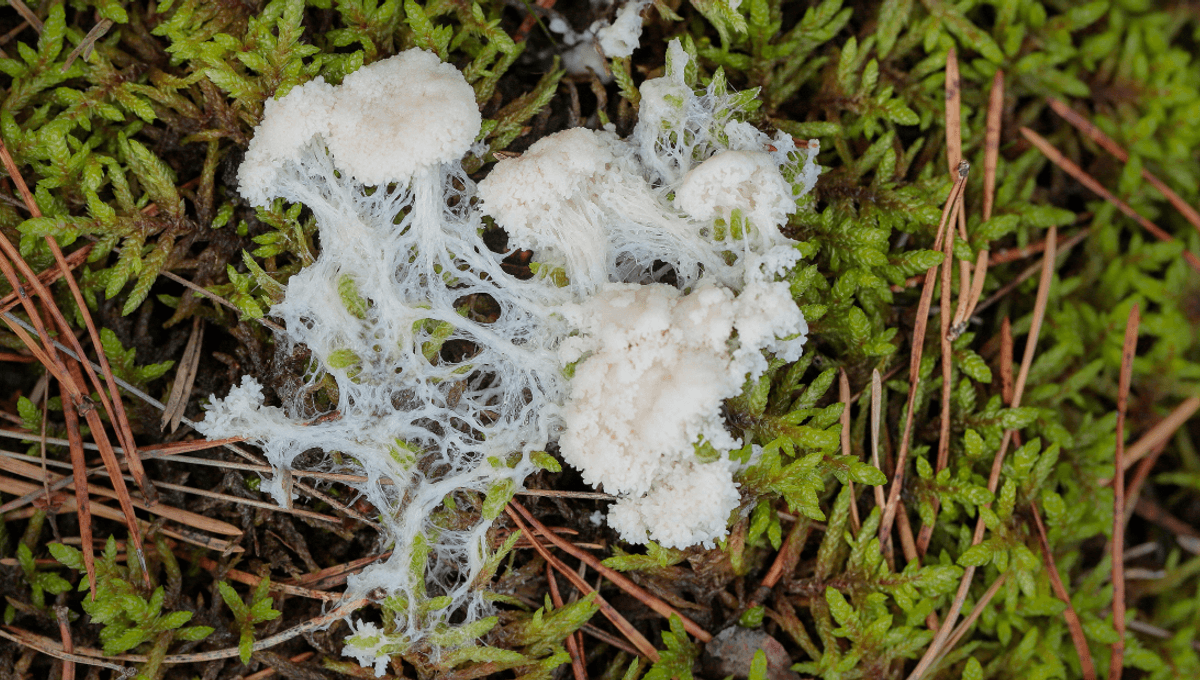
The blob is coming for Colorado, only it isn’t one organism but instead colonies of individual living things. Known as slime mold, the curious goo is famous for its “intelligence”, capable of storing memories, problem-solving, and making decisions.
Slime mold is the informal name given to a group of eukaryotic organisms that exist as free-living single-celled organisms, but aggregate in colonies that work (and move) together. There are thought to be around 500 species, and some people even keep them as pets.
Fanatics of the weird fungus-like amoebas will rejoice in Colorado, as Associate Curator of Mycology at Denver Botanic Gardens Andrew Wilson recently told Denver7 ABC that the state may be rife with them thanks to record rains. The promise of mushrooms is what’s drawn the unusual surge of slime molds, which hunt fungus as prey.
“They are kind of the alpha predators of the microbial world and essentially what they’re doing is they’re crawling along the ground and looking for bacteria and other fungi to eat and consume,” Wilson said.
Slime molds love moisture, and while their emergence may be as short-lived as the weather, they’re prone to return with further showers or overwatering. While swathes of decision-making blobs might sound like an alien invasion movie, as Colorado State University explained, it’s not that unusual for the region.
“The sudden appearance of “foamy” patches of slime mold on lawns or wood mulch is common in Colorado and can be disconcerting. Slime molds usually develop after rainy periods when temperatures are warm and humidity is high or the application of freshly-ground wood mulch. They can be white, gray, yellow, purple, orange or brown in color. Some people say the patches look like vomit from a dog or other animal.”
Don’t let the slime molds catch you saying that, as they might just track you down.
The lack of a brain typically gets in the way of “thought” for most animals, but the slime mold Physarum polycephalum can actually perform calculations about its environment and decide which way to go. The snot-like creature achieves this through “mechanosensation”, responding to the shape, size, and mass of other objects to navigate its surroundings.
These aggregations of eukaryotic cells are capable of moving as one because they’re bound together inside a single membrane and all float around within a shared cytoplasm. To get the ball rolling, they shift the cytoplasm back-and-forth in a wave-like motion to achieve a kind of locomotion known as “shuttle streaming”.
Now that would make for one hell of a chase scene.
Source Link: Problem-Solving Blobs Are Sprouting On Colorado's Lawns Following Record Rainfall